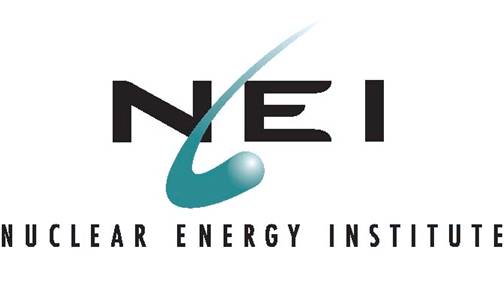Part 4 of 4 Parts (Please read Parts 1, 2 and 3 first)
Small modular reactors have aroused great interest among venture capitalists who are interested in investing in nuclear fission reactors.
MIT’s Parsons said “These are going to be very expensive at first. But the goal is to find something that is a product that’s much more flexible, can go on to the grid in many more different places and serve different functions, and go off grid also.”
Similarly, fusion startups claim that they will generate energy much faster than government research projects like ITER which has already been in progress since 2007.
This quick-return approach to investment is certainly stimulating experimentation. New generations of nuclear reactors will have different sizes, different fuels, and different coolants. Some reactors are being designed for companies or communities in isolation areas. Others are being made to operate at extremely high temperatures for industrial processes.
Matt Crozat is the senior director of policy development at the Nuclear Energy Institute. He said, “It really is expanding the range of what nuclear can mean. Many won’t succeed, but time and the market will figure out what’s needed and what’s possible.”
Because venture capitalists are hungry for returns, this also stimulates nuclear startups to chase multiple revenue streams as they are getting their big-bet technology up and running.
Nuclear innovation company TerraPower is working on a demonstration of its advanced reactor in Wyoming in collaboration with the U.S. Department of Energy (DoE). In the meantime, TerraPower is using its capacity to produce isotopes that are also used in medical research and treatments. Advanced nuclear company Kairos Power is developing the technology to produce salt for molten salt reactors, both for internal use and to sell to other companies.
Critics of this new wave of investments in nuclear power say that venture capitalists are ignoring the troubled history of nuclear power as a business.
David Schlissel of the Institute for Energy, Economics and Financial Analysis said, “Investors have forgotten or are ignoring the lessons from earlier generations of nuclear plants which cost 2 to 3 times as much to build and took years longer than was promised by the vendors.”
A project to put two new reactors at the Vogtle nuclear power plant in Georgia was originally estimated to cost fourteen billion dollars and ended up costing more than thirty-four billion dollars. It took six years longer to complete that expected.
Harvard’s Oreskes says that the nuclear industry is a “technology with a long history of broken promises.” She said that she was skeptical of the sudden investor interest in the nuclear industry. She also said, “If you were my daughter, and you had a boyfriend that had made repeated promises to you over months, years, decades, constantly breaking them, I would say, ‘Do you really want to be with this guy?’”
Oreskes is not categorically anti-nuclear. She supports the continued operation of nuclear power plants that already exist. However, she is particularly skeptical of nuclear fusion as a power source. It has been promised to be “just around the corner” for decades. She said that this new round of investments in fusion “doesn’t pass the laugh test.”
Ultimately this new crop of nuclear startups has to figure out how to create nuclear energy in a cost-competitive way or nothing else matters, according to Rothrock. He said, “More money means more startups and to me that means more shots on goal (improving odds of success). The issue in nuclear is economics. Plants are complicated and take a while to build. Some of these new startups are tackling those issues making them more simple and thus cheaper. No one will buy an expensive power plant, especially a nuclear plant. Economics drives it all.”
